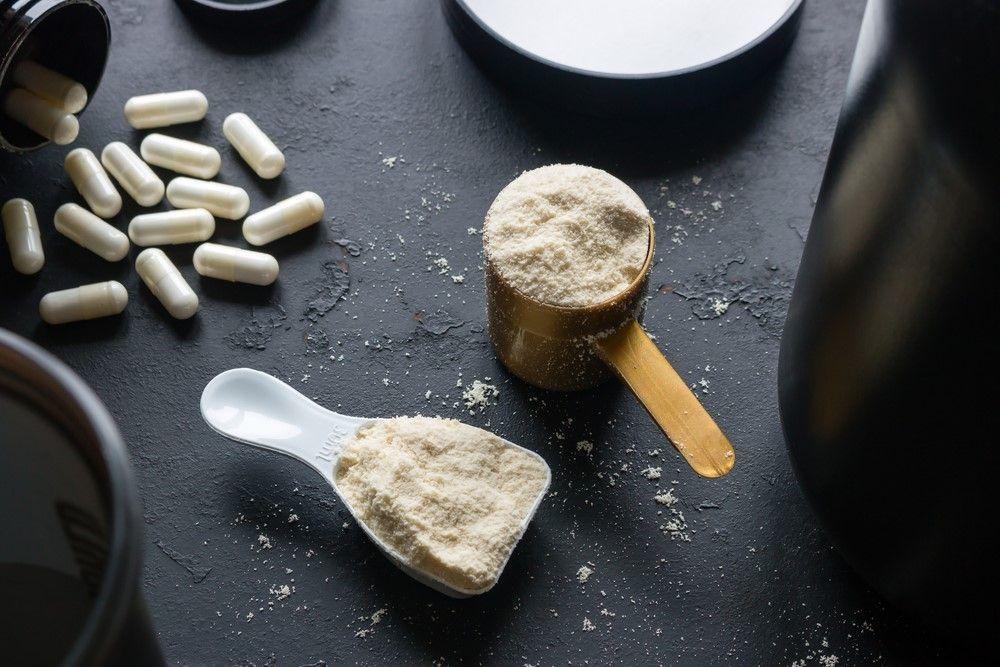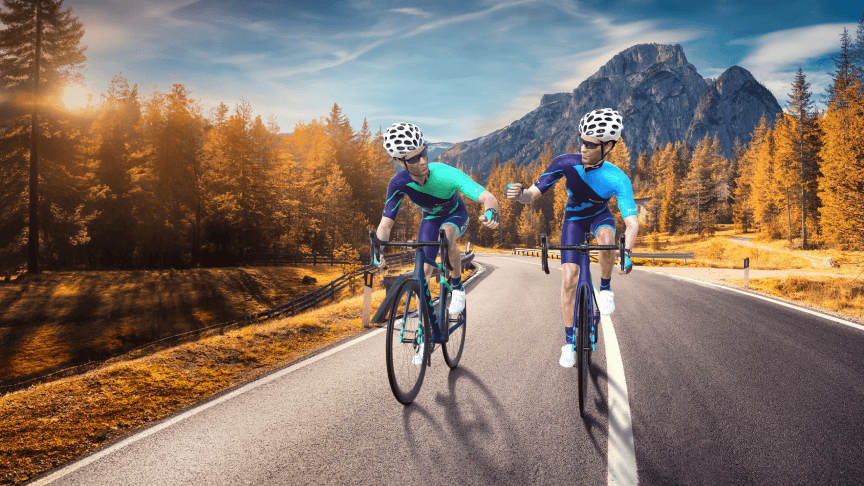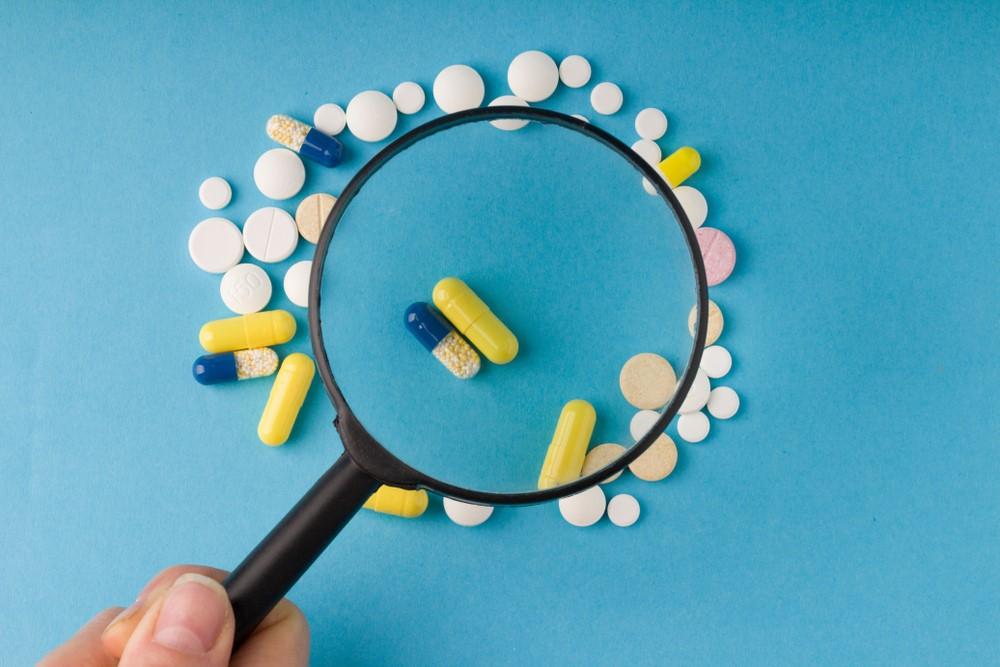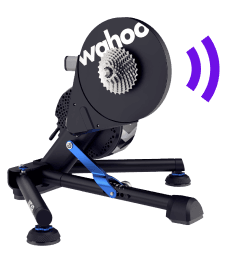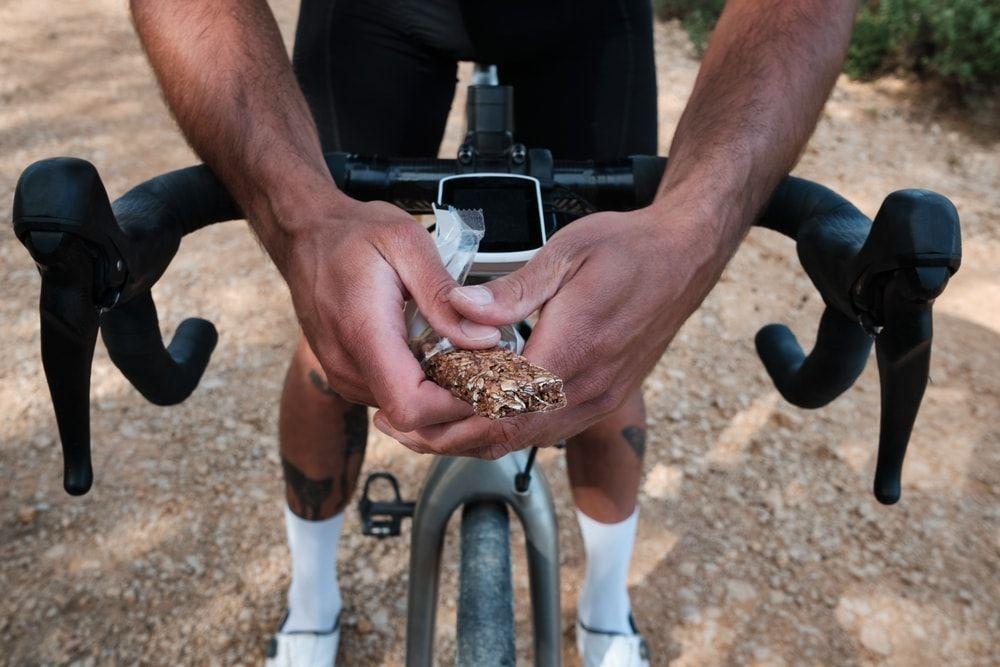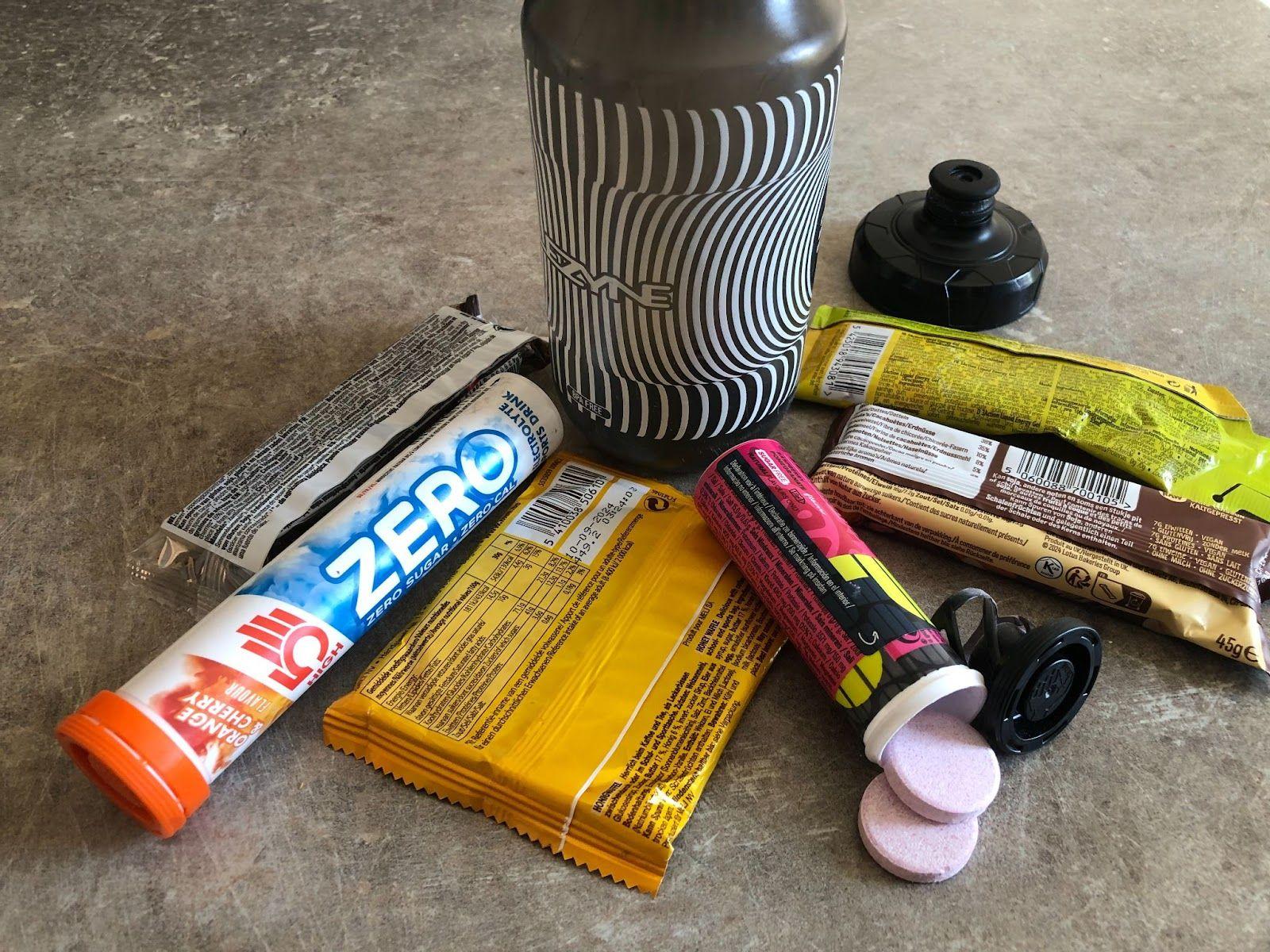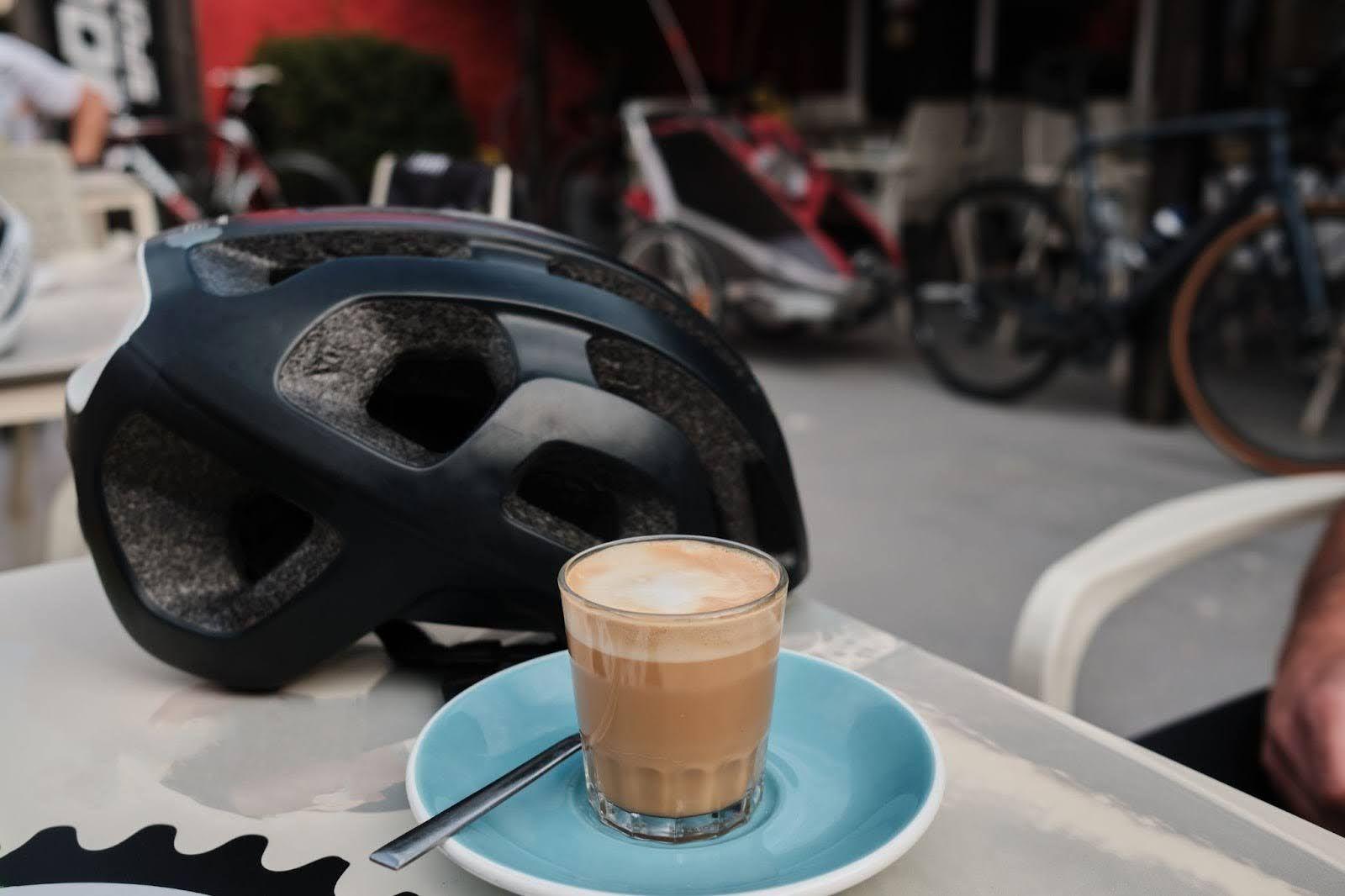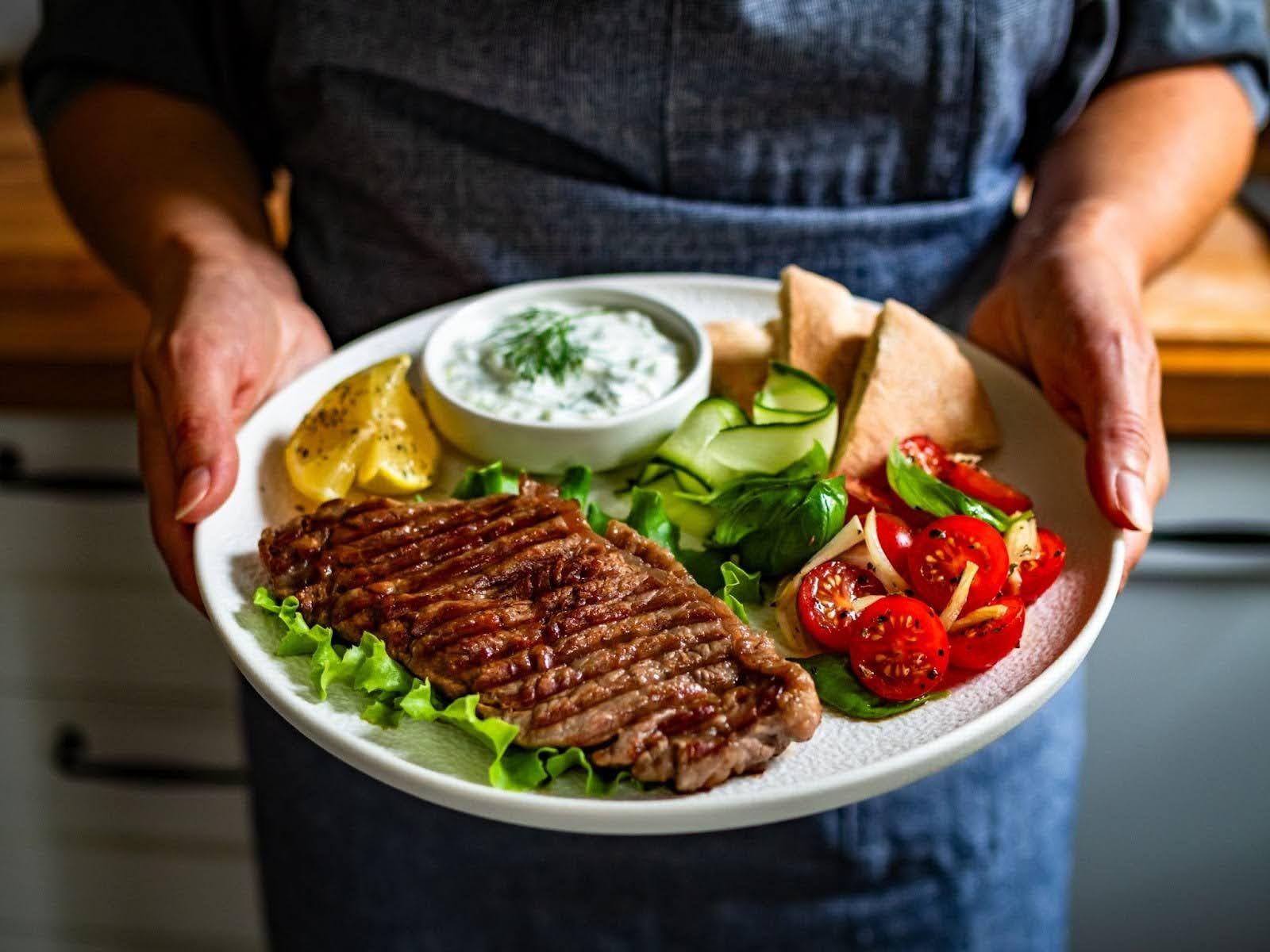Let’s get something straight. There are no miracle supplements that will turn you into a cycling terminator. If you talk to riders you trust, read papers on sports supplementation, or even try some supplements yourself, you'll find that the most hyped-up supplements tend to be the most overrated and useless.
Having said that, should we ignore supplementation altogether? Absolutely not. It’s just that we might be better off focusing more on supplements that actually work, and less on new shiny things. This article is a reminder to beginners and experienced riders that a couple of basic and well-known supplements might be all you'll ever need to achieve your cycling goals.
Let’s dive in!
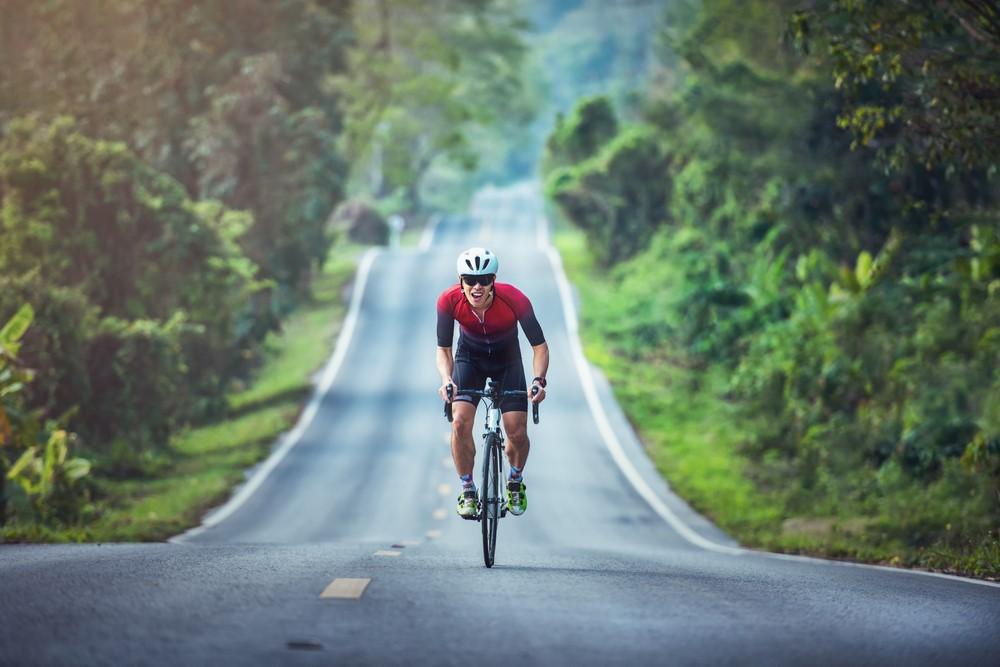
Supplements for Endurance
Endurance refers to the ability to sustain physical and mental effort for a long period of time. Let’s look at three key supplements that could potentially cover all your bases.
Electrolytes
Electrolytes are necessary to regulate fluid balance in the body by controlling the movement of water and nutrients in and out of cells. Sodium is a crucial electrolyte that maintains fluid balance and blood pressure. It also regulates muscle and nerve function, including muscle contraction and relaxation. Other minerals, such as potassium, magnesium, and calcium, also play critical roles in muscle and nerve function, as well as energy production and bone health.
Have you ever had muscle twitching or cramping? That’s a clear indication that your body is low on electrolytes. Always take electrolyte supplements with you if it's hot outside or you're riding indoors. It doesn't matter if it's in the form of tablets or fine powder, as long as you consume it fast enough. Don't take this lightly, you don't want to run out of electrolytes.
Bro tip: No electrolyte tablets? Add 3 pinches of table salt and one crushed magnesium pill to your water bottle. Make sure to regularly take sips even if you are not thirsty.
Carbohydrates
In the body, carbohydrates are broken down into glucose, which powers muscles and other tissues. Fat storage can also be used as an energy source, but it's a slow process that has evolved for basic survival in times of prolonged hunger, rather than providing instant access to energy during cycling. Now, what happens when you run out of glucose? Lightheadedness, mushy legs, nausea, and tunnel vision are your typical symptoms. Gels and sweetened drinks are your best bet when it comes to keeping your glucose levels in check and preventing bonking. Because once the symptoms kick in, it's game over my friend.
Bro tip: Never wait for low sugar symptoms to appear before you reach for a gel or a sweetened drink. Create a recurring reminder on your phone or stick a reminder on your handlebar so that you remember to have a gel or something sweet every half hour or so, even if you aren’t hungry.
